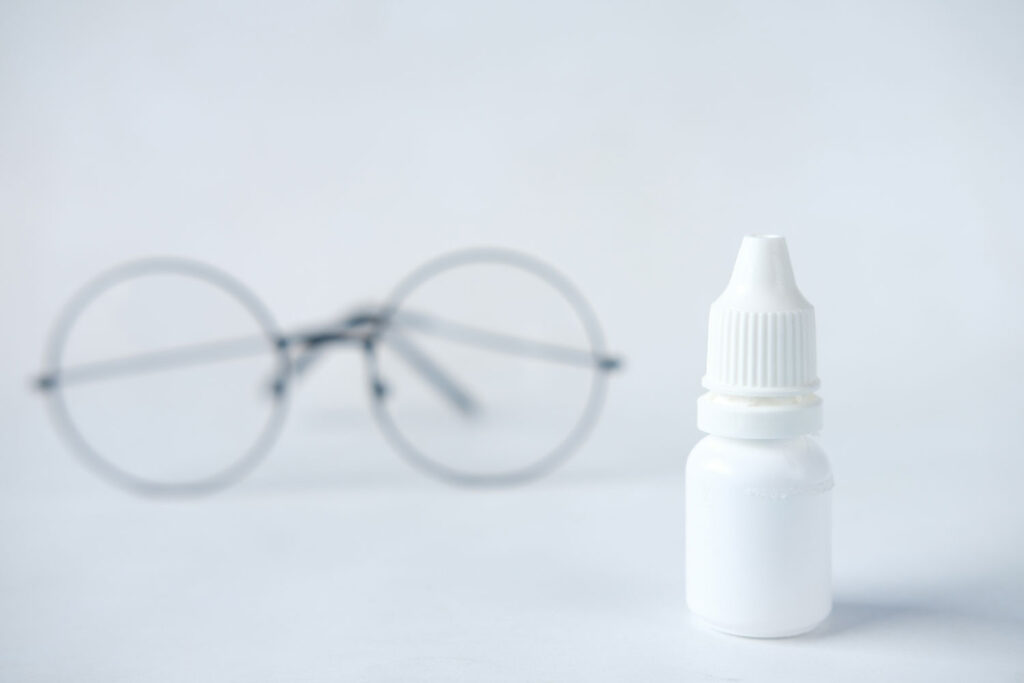Dry eye, also referred to as ocular surface disease (OSD), is a common condition that affects many people. It happens when your eyes can’t produce enough tears, or the tears you have aren’t good quality. Tears are essential for lubricating your eyes, keeping them clear, and fighting infection.
Symptoms of Dry Eye:
- Dry, scratchy, or gritty feeling in your eyes
- Burning or stinging sensation
- Redness
- Blurred vision, especially worse during screen time or reading
- Watery eyes (may seem counterintuitive, but can be the body’s attempt to overcompensate for dryness – usually too little, too late)
- Light sensitivity
- Feeling like something is in your eye
- Difficulty wearing contact lenses
Causes of Dry Eye:
- Age: Dry eye is more common as we get older.
- Environmental factors: Dry climates, wind, smoke, and air conditioning can all worsen dry eye.
- Medical conditions: Certain medical conditions like Sjogren’s syndrome, rosacea, and autoimmune diseases can contribute to dry eye.
- Medications: Some medications, such as antihistamines, antidepressants, and blood pressure medications, can cause dry eye as a side effect.
- Hormonal changes: Pregnancy, menopause, and menstruation can affect tear production.
- Eyelid problems: Conditions like blepharitis (inflammation of the eyelids) can disrupt tear production and quality. Some ingredients in makeup can also cause inflammation of the eyelids and symptoms of dryness.
- Prolonged screen time: Blinking is essential for spreading tears across your eyes. People who stare at screens for long periods tend to blink less, leading to dryness.
Treatment Options for Dry Eye:
There is no cure for dry eye, but there are several treatments that can help manage the symptoms and improve your quality of life. These options include:
- Artificial tears: Lubricating eye drops are the most common treatment for dry eye. They come in different varieties, so it may take some trial and error to find the one that works best for you. This treatment is best for people who only experience occasional dryness.
- Warm compresses: Applying warm compresses to your eyelids can help unblock oil glands that contribute to healthy tears.
- Lid hygiene: Regularly cleaning your eyelids can remove bacteria and makeup that can cause inflammation. This can improve the function of your oil glands.
- Prescription medications: In some cases, your doctor may prescribe medications to reduce inflammation or increase tear production.
NEW IN-OFFICE TREATMENTS AVAILABLE AT PLAINFIELD EYE CARE:
- iLux Treatment: Gentle heat and pressure help increase lubrication and remove blockages from the glands that produce oil for your tears. This can improve your vision and comfort.
- Low Level Light Therapy (LLLT): Specific wavelengths and intensity light are applied to stimulate cell repair and melt blockages in oil producing glands to reduce symptoms of dryness.
See what treatments are appropriate for your eyes.
Schedule your appointment for an eye examination, if you have not been seen for over 1 year, or a dry eye evaluation if you have had a recent eye examination at our office.

